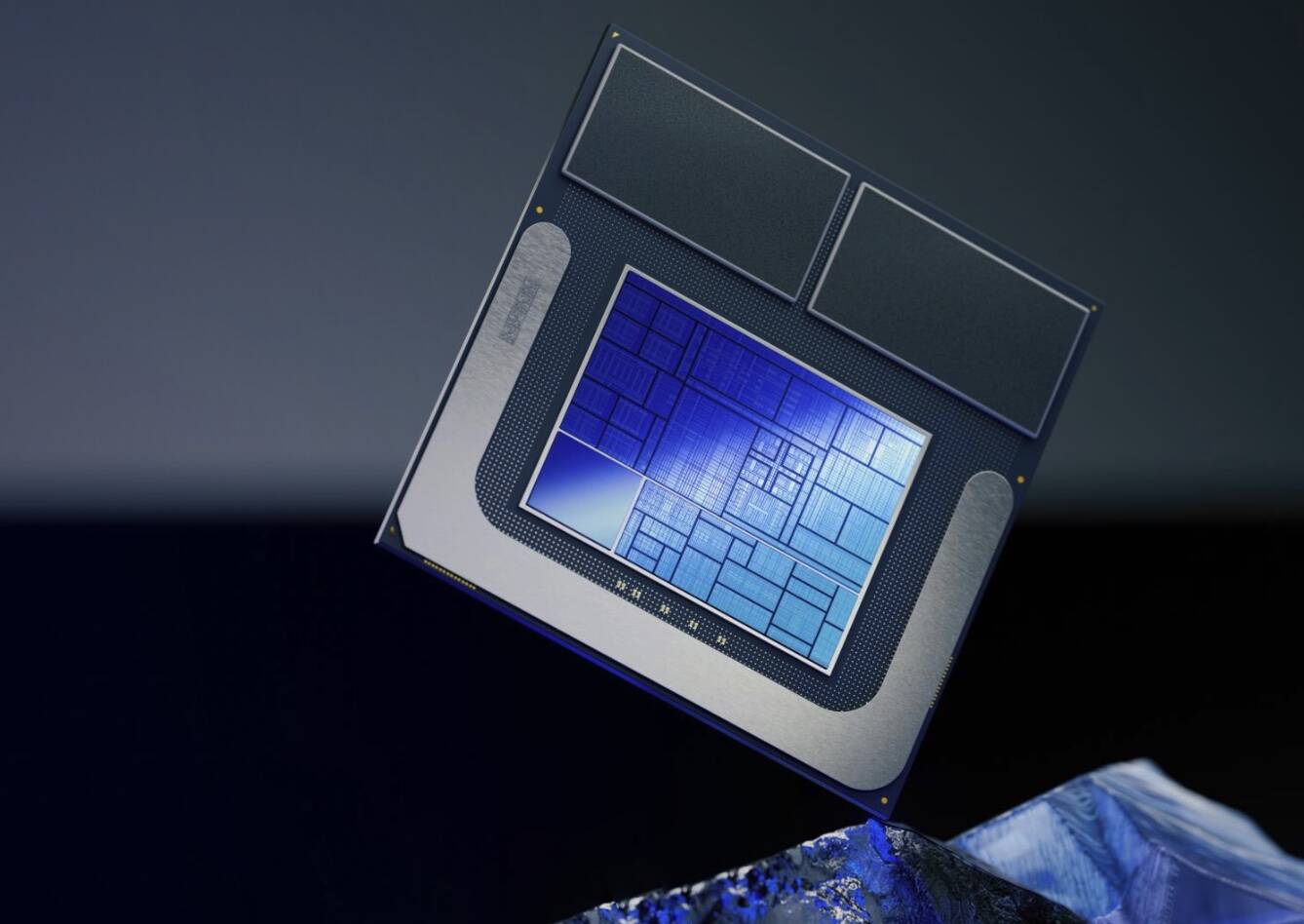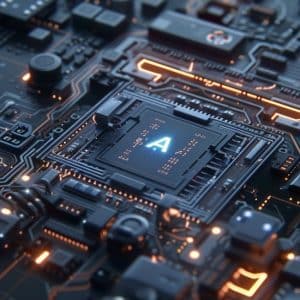What Are the Intel Lunar Lake Chips?
The Intel Lunar Lake chip improvements next-generation chip design, built on a new, advanced process node that aims to deliver substantial improvements in both performance and power efficiency. This architecture is expected to replace the previous Meteor Lake lineup, and it features a redesigned core layout, increased transistor density, and enhanced power management capabilities. These features are designed to cater to the needs of both high-performance computing and mobile devices.
Key Features of the Lunar Lake Chips
The Intel Lunar Lake chip improvements focus primarily on enhancing three key areas: processing power, graphics capabilities, and energy efficiency. These chips are expected to come with:
- Improved CPU Cores: The new architecture offers more efficient CPU cores that deliver better single-threaded and multi-threaded performance, making them ideal for a range of applications from gaming to professional workloads.
- Advanced GPU Integration: With a focus on integrated graphics, Lunar Lake chips are expected to offer better visual performance, making them a great option for gaming laptops and creative professionals.
- Energy Efficiency: Built on a more efficient manufacturing process, Lunar Lake aims to provide better performance-per-watt, reducing energy consumption without sacrificing computing power.

How Lunar Lake Chips Compare to Competitors
The Intel Lunar Lake chip improvements are poised to challenge the dominance of AMD’s Ryzen processors and Apple’s M-series chips. While AMD has focused on multi-core performance and Apple has emphasized power efficiency with its ARM-based architecture, Intel aims to strike a balance between these two aspects with Lunar Lake. Early benchmarks suggest that Lunar Lake may provide competitive performance in both raw processing power and energy efficiency.
Compared to previous generations like Alder Lake and Meteor Lake, Lunar Lake represents a substantial leap forward. With more efficient cores, better graphics capabilities, and superior thermal management, these chips aim to correct some of the limitations seen in Intel’s earlier offerings. This positions Lunar Lake as a potential game-changer in the CPU market, particularly for high-performance laptops and desktops.
For high-performance laptops and desktops, the Intel Lunar Lake chip improvements will likely result in faster processing speeds, better multitasking, and enhanced graphics performance. This makes them particularly suitable for power users, gamers, and professionals who rely on high-end computing. With better thermal management and lower power consumption, these chips could also lead to quieter, cooler, and more efficient systems.
For ultrabooks and thin-and-light devices, Lunar Lake’s emphasis on power efficiency will be a significant advantage. These chips promise to deliver longer battery life while maintaining high levels of performance. This could be particularly appealing to business professionals and students who need reliable, portable devices for work and study.
Potential Challenges and Limitations
While the Intel Lunar Lake chip improvements are promising, there could be some challenges related to compatibility and software optimization. As is often the case with new hardware, developers may need time to fully optimize software to take advantage of the new architecture. Additionally, the transition from older Intel chips to Lunar Lake could pose challenges for users who are upgrading their systems.
The semiconductor industry has faced significant supply chain disruptions in recent years, and Intel is not immune to these challenges. The success of Lunar Lake will depend not only on the performance and efficiency of the chips but also on Intel’s ability to deliver them at scale. Any delays in manufacturing or supply chain issues could impact the adoption rate of these new processors.
The Intel Lunar Lake chip improvements are not just a step forward for Intel but could signify a new era of innovation in the PC industry. With more efficient and powerful chips, manufacturers can design more versatile and capable devices, ranging from high-performance gaming rigs to ultra-thin laptops. This will likely drive further innovation across the industry, benefiting both consumers and businesses.
One area where Lunar Lake could make a significant impact is in AI and machine learning workloads. With enhanced CPU and GPU capabilities, these chips are well-suited for handling AI algorithms and other computationally intensive tasks. This could make Lunar Lake-based systems a popular choice for developers and researchers working in fields such as data science, natural language processing, and computer vision.
Intel’s push with the Lunar Lake chip improvements could also shift the competitive dynamics in the tech industry. As Intel continues to refine its chip architecture and manufacturing processes, it may regain ground against competitors like AMD and Apple. This could lead to a more balanced market, offering consumers more choices and potentially driving down prices.
The Intel Lunar Lake chip improvements represent a promising development in the semiconductor landscape. By focusing on power efficiency, enhanced graphics, and superior processing power, Intel aims to provide a versatile solution that caters to a wide range of computing needs. While challenges such as supply chain issues and software optimization remain, the potential benefits of these chips could usher in a new era of computing.








